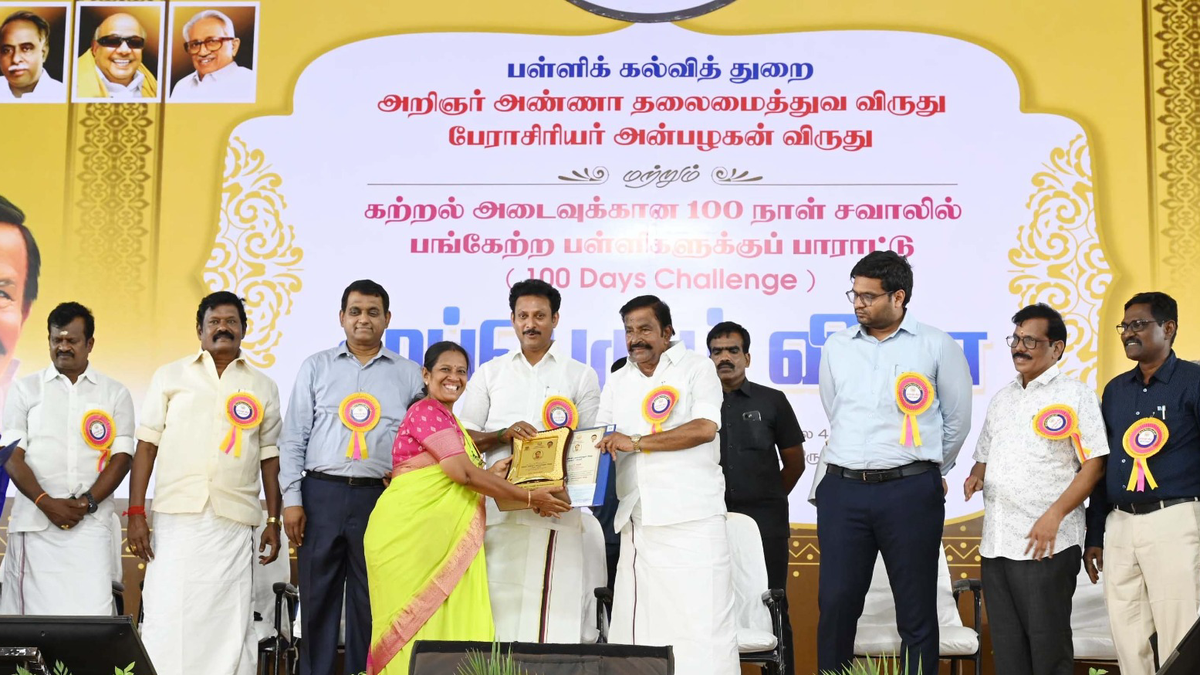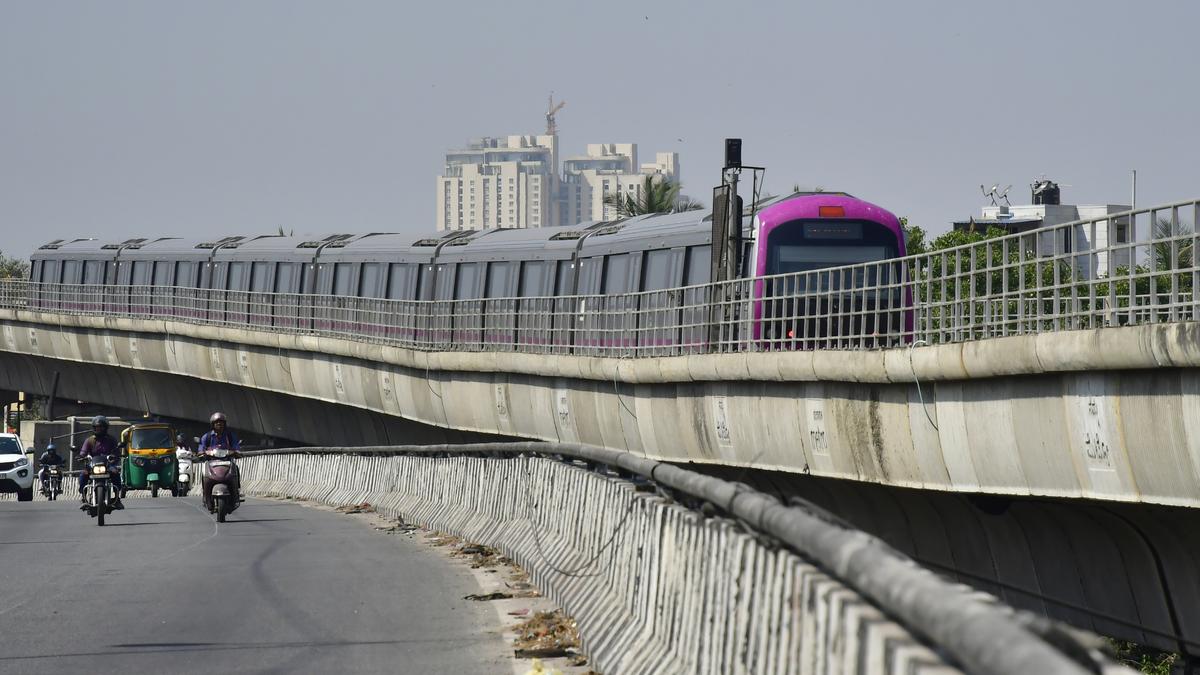Now Reading: 36 Lakh School Kits Distributed Statewide Without Political Branding
-
01
36 Lakh School Kits Distributed Statewide Without Political Branding
36 Lakh School Kits Distributed Statewide Without Political Branding
Quick Summary:
- In the current academic year, the Andhra Pradesh government has distributed 35.94 lakh school kits to students from Classes 1 to 10 in government and aided schools.
- Total expenditure on the kits amounts to ₹953.71 crore, with ₹778.68 crore contributed by the State and ₹175.03 crore by the Center.
- Each kit includes three sets of uniform cloth (olive green pants/skirts, light yellow-green striped shirts), a pair of shoes, two pairs of socks, a belt, a school bag, textbooks/workbooks/notebooks; dictionaries are provided for specific classes or regional languages.
- the kits have been named “Sarvepalli Radhakrishnan Vidyarthi Mithra Kits,” marking a departure from political branding under YSRCP’s “Jagananna Vidya Kanuka” scheme during the previous management.
- For quality assurance, this marks andhra Pradesh’s first collaboration with Quality Council of India (QCI) for a three-stage evaluation process covering raw materials to packaging.
- the TDP-led NDA government emphasized keeping politics away from education initiatives and promoted transparency using an online e-procurement system for tenders-a move that reportedly saved ₹63.80 crore compared to last year.
Indian Opinion Analysis:
The distribution of school kits underlined as Sarvepalli Radhakrishnan Vidyarthi Mithra Kits represents an important aspect of welfare-oriented educational policies in Andhra Pradesh while signaling efforts to delineate governance programs from political identities seen in past administrations such as “Jagananna Vidya Kanuka.” This shift towards non-political branding could foster greater inclusivity among beneficiaries without partisan associations.
Moreover, collaboration with QCI for quality assurance highlights progress toward enhancing product standards within welfare schemes-a commendable step toward ensuring value delivery at public expense. Similarly noteworthy is the reported savings through e-procurement practices enhancing financial efficiency amid high-scale expenditure plans.
These developments may signify broader shifts towards transparency-driven governance models within state-run programs aimed at foundational sectors like education-setting potential benchmarks or alternate approaches other states could observe.
—
Read more: Source Link
























